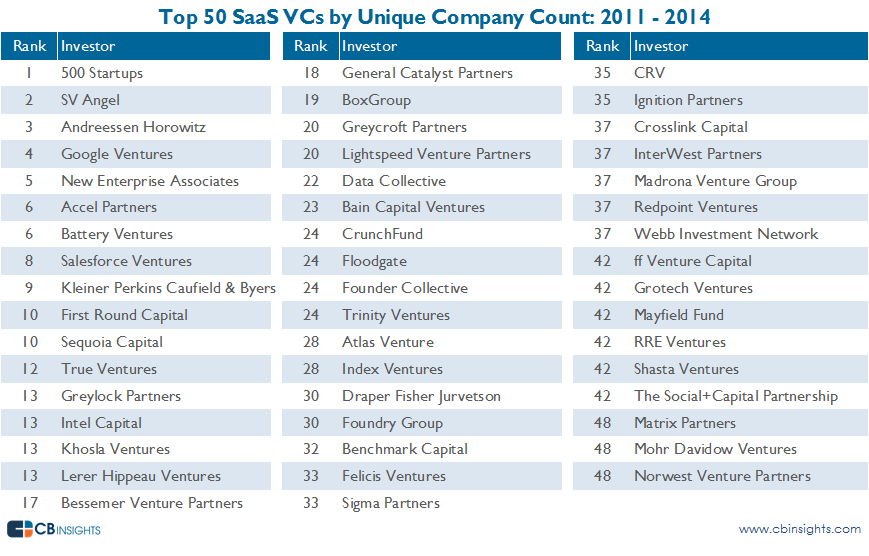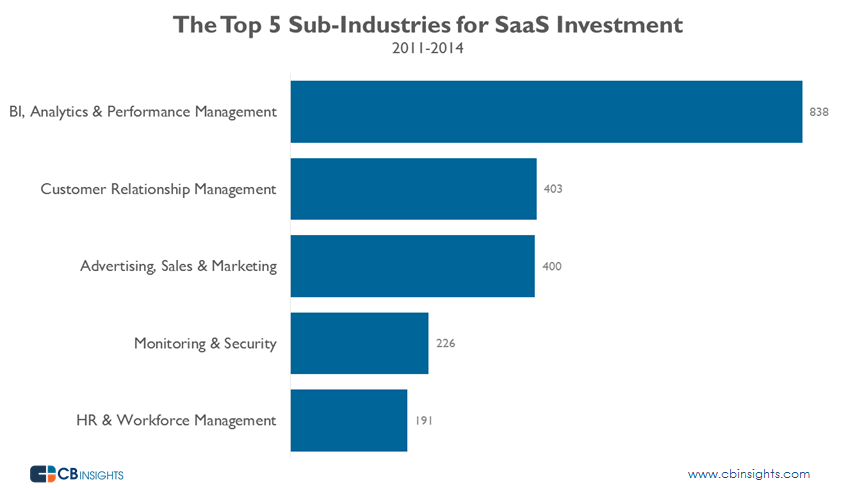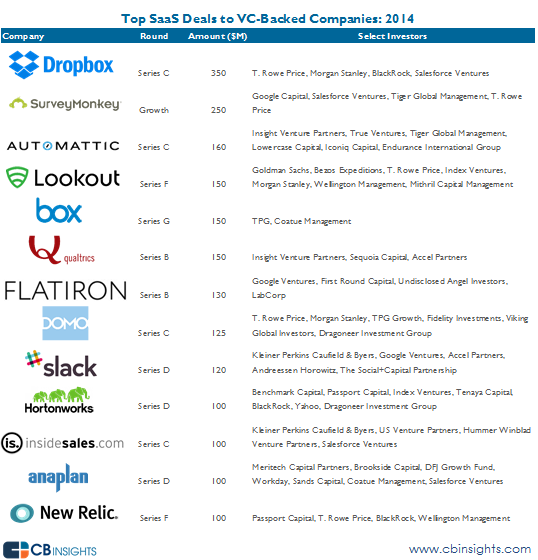
On Tuesday, Google reported that in some parts of the world, mobile search has eclipsed the desktop. And we’re not talking about tablets — Google includes tablets in the definition of desktops.
This change has occurred in 10 countries, including the US and Japan.
And yet, even though this data is not surprising to many of us (Google has been warning about this for quite a while), I still find many of the companies I work with are still not mobile-friendly.
It’s not just the website. It’s email marketing, organic search strategy, product, and…everything.
To make matters worse for those who haven’t caught on, Google now optimizes its search algorithm for mobile-friendly sites.
Can anyone say wake up call?
Don’t get scared. Get excited! Those who are ahead of the curve on mobile marketing are killing it.
If you don’t have a mobile-friendly website, you need one on an urgent basis. By mobile-friendly, I don’t mean “yeah, we work on mobile”. I mean that people would actually enjoy using your site on a mobile device. Mobile is now an organic, intrinsic part of your marketing strategy. I’ve worked with companies that one would think “got it”, but their site is hard to use, with tiny fonts, difficult to read, difficult to navigate. Mobile hasn’t been a #1 priority.
It can’t just look good on a tablet or an iPhone 6+. It has to look good on an iPhone 5 and the other smaller devices.
Diagnostics
For a quick diagnostic, you can use a free tool like Google speed insights to gain an understanding of where you may be lacking in mobile. While this tool is designed to test for speed, it will also point out how your site ranks on other usability aspects, such as viewport, a key metric. The viewport is what the person can see, and if you’re not using an optimized viewport, it makes the whole mobile browser experience just awful.
(Some experts recommend using the Google Mobile-Friendly test. That’s kind of like asking a triage doc at ER to do a diagnostic. It’s not as useful as what you’ll find in Google’s Speed Insights.)
Some tips:
Get responsive. A responsive site design will respond to different browsers and size factors, with one URL. This has a huge advantage with Google’s search algorithm, and it has a huge advantage in speed, since there are no redirects. Plus, you don’t have to maintain several different sites. It’s what Google recommends, so it’s what you should do.
Not responsive? Then fix the viewport. The viewport is what the customer sees on the page. Google can help, but there’s also common sense. Load your website on every mobile device you can get your hands on and see what it looks like. You may be humbled!
Get exposed. You may find that some parts of your site are hidden (especially if you’re using multiple sites for mobile and desktop). A quick check with Google’s Fetch as Google will insure that Google is seeing what you want it to see.
Make it work for mobile
As you can imagine, I don’t believe mobile is an “afterthought”. It should be organic to your efforts. So, that means making the site as mobile-friendly as possible. That means not requiring people to pinch and zoom to read your site.
Here’s some tips.
Fonts: Headlines should be 22 px and body copy 14 px. Otherwise, people will need to pinch and zoom and that sucks.
Fat: Make call to action buttons big and fat. 44 px by 44 px.
Use alt text. Sometimes images don’t load. The user needs to see what the image is supposed to have been.
Workflow. Look at how people actually use the site. This is really important — I’ve seen a massive change in an online retailer’s sales just in how they presented the products. You want the mobile shopping experience to be fairly binary — touch, touch, buy. Simple.
The ultimate in mobile workflow? Tinder. Think of that level of simplicity.
Other tools to consider
Proto.io and Origami — Great mobile prototyping tools.
ImageOptim — optimize images for mobile.
LiveView and Skala — both great tools to preview and optimize mobile sites.
Good luck!
(Hubspot has some other tips, here. Additional credits here and here.)














 As a veteran blogger, I admit I was impressed with this overview of how Canva increased their traffic by 226%. Solid block and tackling backed by analytics and a bit of ingenuity.
As a veteran blogger, I admit I was impressed with this overview of how Canva increased their traffic by 226%. Solid block and tackling backed by analytics and a bit of ingenuity. 



 Unicorns — private companies that have a valuation over a bill — are not just in the US (the whole unicorn phenomena is a new one, part of the
Unicorns — private companies that have a valuation over a bill — are not just in the US (the whole unicorn phenomena is a new one, part of the 
 Warms my heart, this
Warms my heart, this 
